I'm sure you have a collection of wigs (braided ones, straight ones and even curly ones). But have you ever stopped to think where wigs came from? Or why they were invented?
The History of Wigs
Well, you'll be shocked to know that wigs aren't a modern invention. Sure, they have evolved over the years, but they're dated back to 3400 BC. Back then, they were used for different purposes. They were also handmade and made of different fabrics.
Anyway, those are enough spoilers; let's dive deep into history and learn where wigs originated from.
3400 BC - The Discovery of Wigs
Wigs were first discovered in ancient Egypt, and they were inspired by the hot sun in the desert. Managing hair in those weather conditions was hard, so the Egyptians shaved their hair. However, a bald head wasn't considered trendy, so to cover it and protect it from the scorching sun, they used wigs.
Wigs that the upper class wore were very different from what the lower class wore. The latter wore wigs made from wool and leaf fibers, while the upper-class wigs were made of human hair; some of their wigs were even made of silver!

The introduction of wigs led to new career opportunities like hairdressing, which inspired more creativity. By the end of the 15th century, the wig industry had evolved, and there was more than one option available. Some people could have fake hair gummed to their heads to supplement their hair. And others wore a complete head of false hair (a wig), known as a perruque back then. The name evolved in the 17th century to a peruke, periwyk, periwig, and in 1675, it was finally known as the diminutive wig.
17th & 18th Century – The White Colored Wig Era
The 17th century was when the wigs became really popular and acceptable for both genders. Even the French king, who always used false hairpieces to make up for his thinning hair finally decided to move on to wigs. The servants would shave him bald every day and he would wear a wig.

In this era, the bulkier the hair was, the better it was (more was better). The full-bottomed wigs were sold at a higher price, and they were primarily worn during formal occasions. The rich had two sets of wigs – the full wigs for high-profile meetings and smaller wigs to wear at home.
The lower class who couldn't afford the wigs would style their natural hair to appear like a wig. That's how fashionable wigs were in these centuries!
Another huge trend in this century was the white wig - it was considered very stylish. Hairdressers came up with ideas to powder wigs, and they bejeweled women's wigs to give them even a more glamorous look.

19th Century – The Emergence of Commercial Wig Markets
This is the period when wig markets really became a thing. The trendiest hairstyles in these centuries were fronts, pompadour rolls, frizettes, fringes, and switches.

The hairdressers set up workrooms that they used to make postiches for sale. They did this by saving combed hair, which they threw in a hackle and its metal teeth would straighten it.
They packed these hair bundles such that they were ready to be curled up upon request using a bigoudis. The latter was a device made of hardened clay or wood. To store these hair bundles, the hairdresser would boil them in a mixture of water & soda for several hours and then dry them.
When there was a shortage of hair combings, the hairdressers would use women's hair. This led to the emergence of the hair market, where buyers would buy hair from women's heads (LITERALLY).
As time passed, the market continued to grow, and the wig dealers started importing human hair from other countries, including Japan, China, India, and Asia Minor. The imported hair would be boiled in nitric acid to remove the vermin and color before the sale.
20th Century – Present
In the 1920s, the natural look was in fashion, which tanked the wig business. Many women were more into the bob hairstyle, but older women continued wearing wigs.
In the 1950s, wigs became popular again as a way of experimenting with new hairstyles without going through the hairdressing process. This was an excellent way to save time and dodge the pain of braiding. 
It wasn't until the 1960s that the wig industry went through some massive changes that included white hairdressing options.
By 1958, the wig market had grown so much that at least a third of the American women had one 'convenience wig.' The greatest evolution of wigs in the 1950s was the invention of a wig making machine in Hong Kong. The machine made washable, nylon and acrylic wigs. This innovation flooded the market with fake and cheap wigs. The wig export business growth was so fast that by 1970 the company had 24000 workers. And by 1969, 40% of the wigs in the market were synthetic.
In the 21st century, the wig industry has really upgraded in terms of wig authenticity and style. For example, unlike the traditional wigs, the modern wigs now have natural hairlines.
Style: Nice Move by Raquel Welch
Additionally, human hair wigs are now available in all price ranges, and all women can wear them. In the past, most women only wore synthetic wigs because the human hair wigs were all highly-priced.
Lastly, the wigs are now available in all styles and colors; we even have pink and blue wigs, which wasn't an option in the past.
Final Thoughts
The wig industry has gone through many evolutions to get where it is today. Luckily, it has given women an easier and faster way to style up hair, which is also cost-effective in the long run.
Today, wigs are not only worn to enhance beauty, but cancer patients also use them after chemo as well as women with permanent hair loss. It's a beautiful world that will only get better.
What do you think the wig industry will be like in the future? Please share your thoughts with us in the comment section.
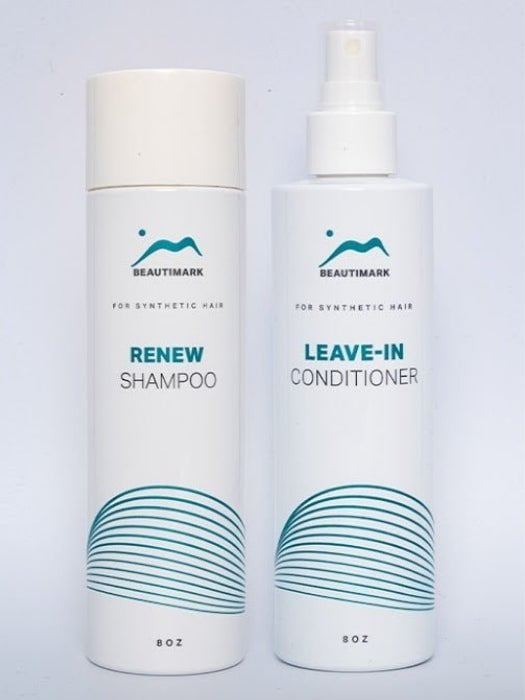
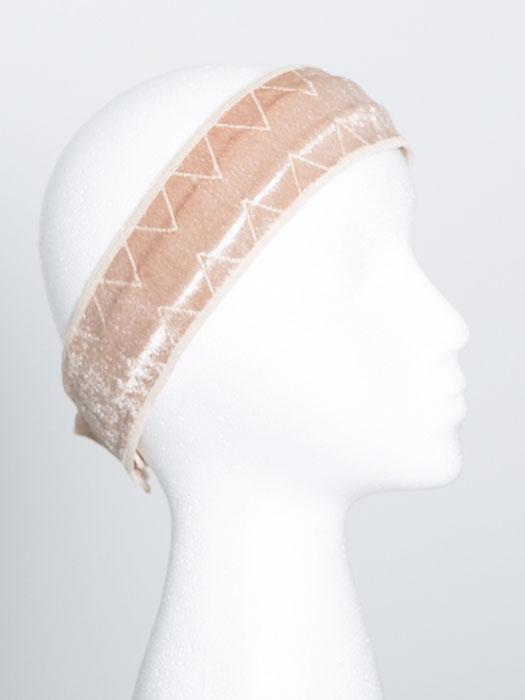
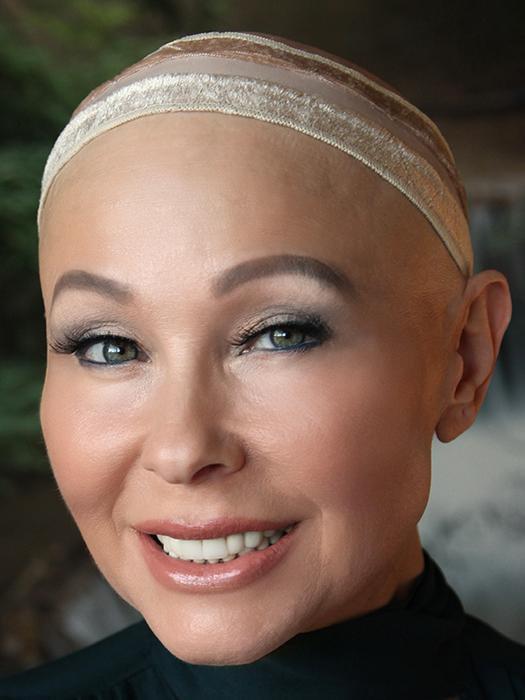
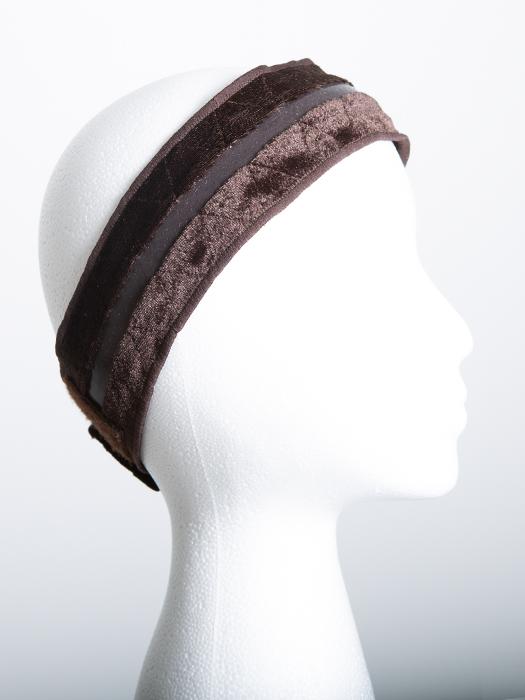
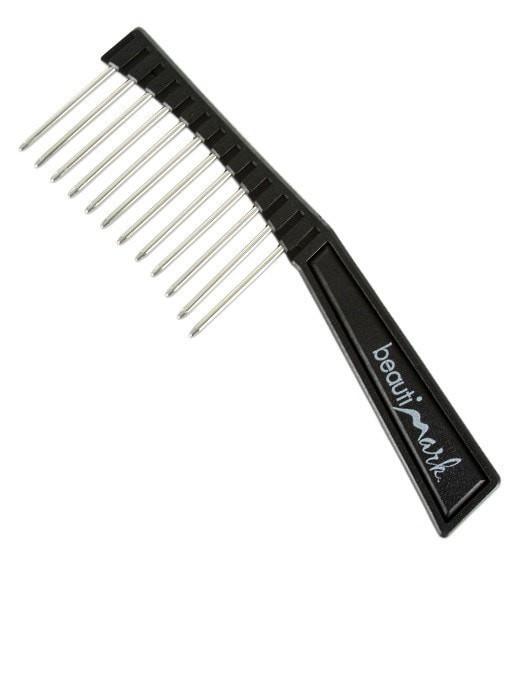


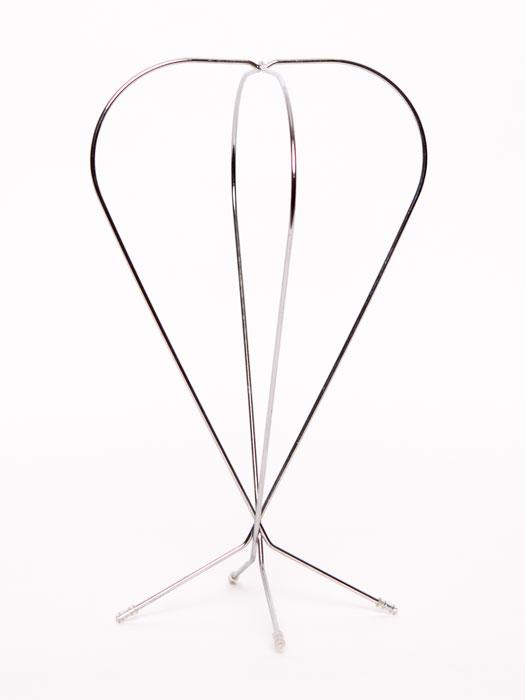


3 comments
Hi Victoria,
Thank you for taking the time to provide us with your feedback. Yes, finding the perfect fit can be challenging but we do offer an extensive selection of petite or petite/average wigs. We are always adding more styles, colors, and sizes too! Please keep checking back with us.
I wish more colors would be included with more wigs and also more smaller cap sizes Available with more wigs’
I have a smaller than Petite size and there is always puckering with that issue, around the back side of the wig
Custom fit would be awesome!
I wish more colors would be included with more wigs and also more smaller cap sizes Available with more wigs’
I have a smaller than Petite size and there is always puckering with that issue, around the back side of the wig
Custom fit would be awesome!